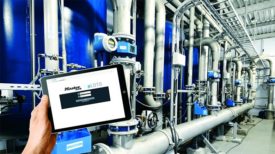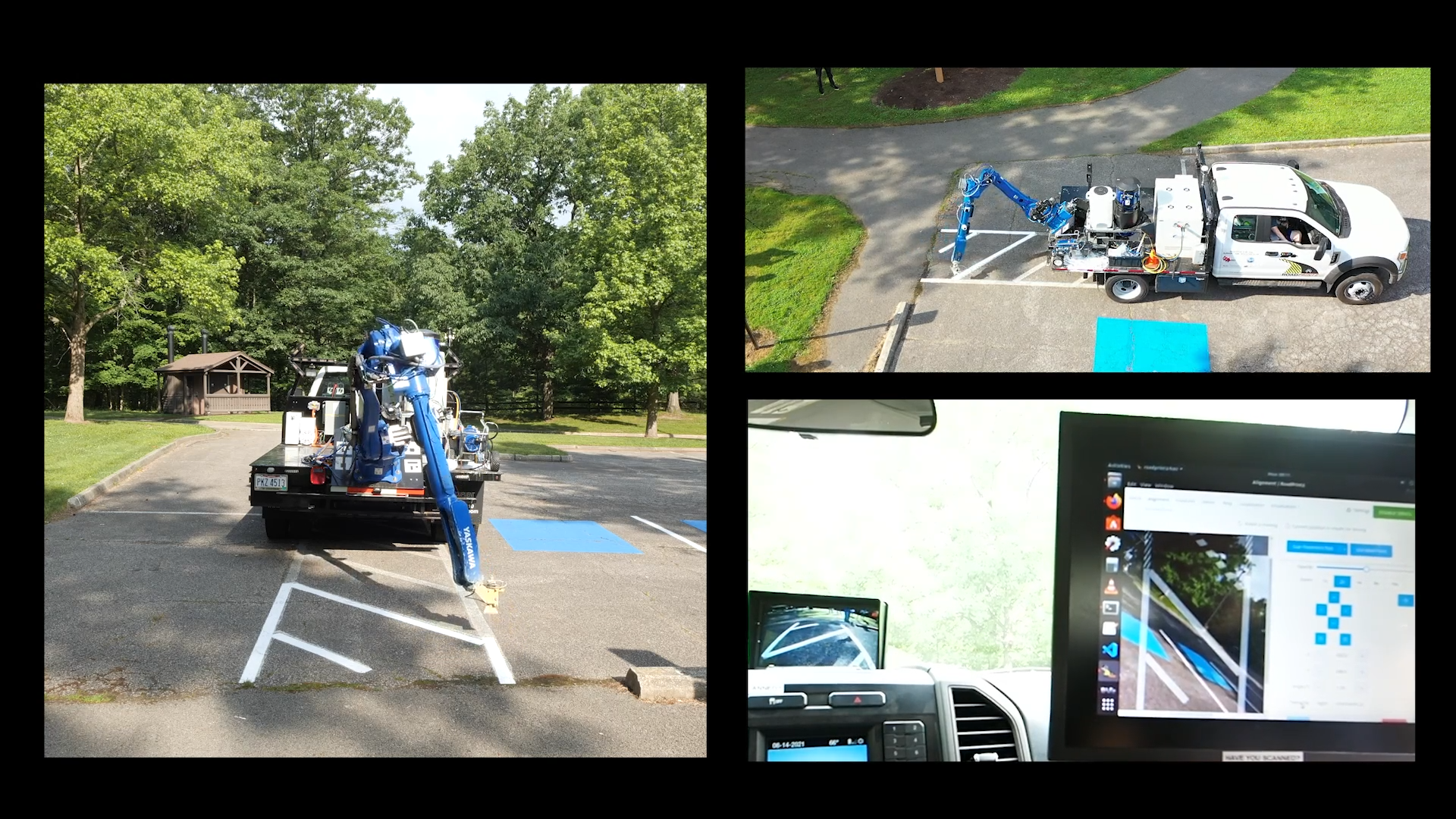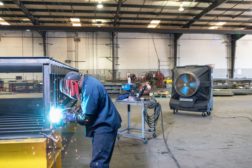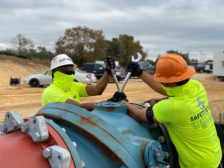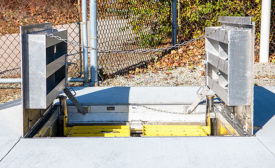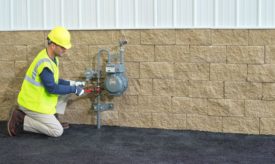Product Case Studies
Best practice reports of safety and health products and services being used in real-world applications.
ARTICLES
A legacy of safety and efficiency
A company builds long-term partnerships using bricking machines
November 8, 2023
Where automation meets the road
Innovation and engineering combine to create safer roadways
January 25, 2022
Neutralizing the pain points in natural gas meter installations
Integrating natural gas safety breakaways in the system can eliminate catastrophic meter damage that can result in lost service and fires or explosions
March 16, 2021
Never miss the latest news and trends driving the safety industry
eNewsletter | Website | eMagazine
JOIN TODAYCopyright ©2024. All Rights Reserved BNP Media.
Design, CMS, Hosting & Web Development :: ePublishing
